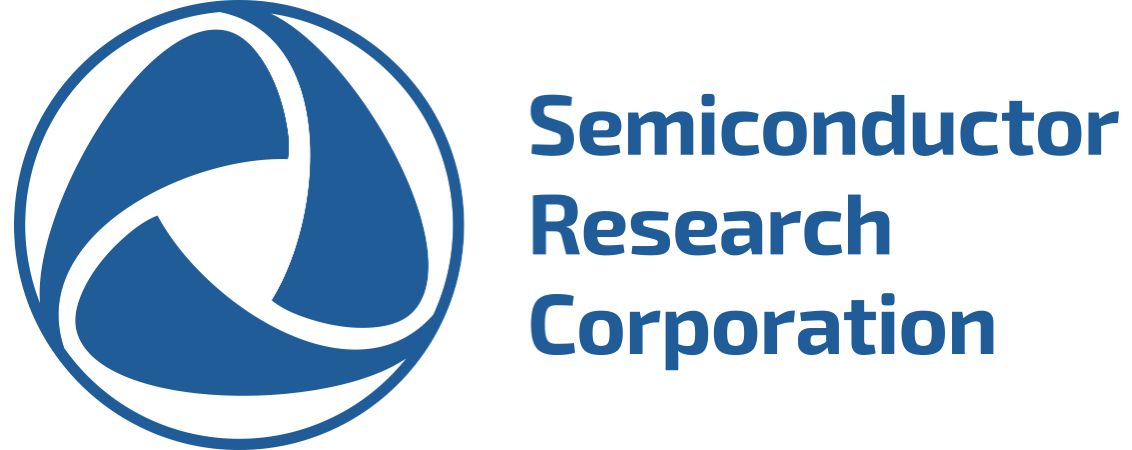FAQs about STARnet
- What is STARnet?
- Who is participating in STARnet?
- How much money is involved?
- Why was the STARnet Program developed?
- How does STARnet relate to other semiconductor industry research activities, including the program of research already funded by GRC?
- Does STARnet build on FCRP? How are they related?
- What is the time-frame of this long-term research?
- What areas of technology is STARnet targeting?
- Who conducts the STARnet research?
- How are the STARnet centers evaluated?
- Who owns the intellectual property?
- Is this a good use of tax dollars?
- How does the size of this program compare with other grants awarded universities?
- Is government money really needed to fund this program? Why involve taxpayer dollars at all?
1) What is STARnet?
STARnet is a collaborative network of research centers. It is a new program, contracted as the newest phase of FCRP (Phase VI). FCRP Phase V ended in early 2013.
Each STARnet center is a team of U.S. universities that conducts precompetitive exploratory research on semiconductor, system and design technology critical to the U.S. microelectronics and defense industries. (Back to top)
2) Who is participating in STARnet?
STARnet is a cooperative effort. Participants include members of:
- Semiconductor Industry Association (SIA)
- Semiconductor Materials & Equipment Suppliers and EDA companies
- U.S. Department of Defense
The STARnet program is managed by MARCO, a wholly-owned subsidiary of Semiconductor Research Corporation. MARCO stands for Microelectronics Advanced Research Corporation. (Back to top)
3) How much money is involved?
STARnet centers each receive more than $6 million U.S. annually for up to five years. The specific amount varies according to negotiations with the universities. (Back to top)
4) Why was the STARnet Program developed?
The semiconductor industry is subject to rapid technology change and demands for fast returns on investment. To sustain the historically intense pace, the industry must eliminate technological barriers identified by the ITRS. Most current industry research efforts address shorter-term needs, but to ensure its future, the industry must conduct longer-term, exploratory research as well. STARnet will focus on creating technology options through longer-term research. (Back to top)
5) How does STARnet relate to other semiconductor industry research activities, including the program of research already funded by GRC?
Most industry research is, by design, narrowly focused on shorter-term solutions to existing problems: i.e., it looks at evolutionary approaches. This research is very important to the current health of the industry, but in many cases it does not address longer-term needs, where revolutionary approaches may be required because of impending technology barriers. STARnet will perform longer-term, more broad-based research, with the goal of expanding the knowledge base of the semiconductor industry. Researchers at STARnet centers will generate ideas for technology solutions, which GRC will direct to companies for commercialization as appropriate. (Back to top)
6) Does STARnet build on FCRP? How are they related?
Yes. STARnet is contracted and administered by MARCO using the FCRP model and SRC infrastructure. The FCRP model has been working effectively for industry and the SRC for more than ten years and we plan to continue to leverage it. It makes good sense to build the new STARnet program on the foundations of the FCRP. (Back to top)
7) What is the time-frame of this long-term research?
STARnet research technology is typically at least 10 - 15 years from commercialization. (Back to top)
8) What areas of technology is STARnet targeting?
Each center has a unique mission and area of focus. To understand the center specifics, you can visit the center descriptions and their individual web pages. (Back to top)
9) Who conducts the STARnet research?
Professors, post-doctoral researchers, industry assignees and graduate students will conduct research using university facilities and equipment. Multi-year contracts, covering the cost of equipment, facilities and research, have been set up with sponsoring organizations. U.S. government laboratories could perform research as well. (Back to top)
10) How are the STARnet centers evaluated?
STARnet contracts are rebid every five years. The STARnet program and centers are reviewed every year and adjusted, if necessary, to adapt to changes in technology development. In addition each center conducts quarterly and annual technology reviews where sponsors provide feedback to guide the research direction.(Back to top)
11) Who owns the intellectual property?
STARnet participants receive worldwide, non-transferable, royalty-free, non-exclusive license to inventions and works of authorship (e.g., software) resulting from STARnet-funded research. MARCO will sub-license such inventions and works of authorship, as appropriate, to STARnet members. (Back to top)
12) Is this a good use of tax dollars?
Yes! The government has a vested interest in the ever-expanding capability of semiconductor-based information technology and in academic research to maintain the same. The American university system is an important arm of U.S. semiconductor technology research and it benefits significantly from the program, receiving resources for salaries, equipment and upgraded facilities. In addition, by helping ensure the health of a major U.S. industry, the program makes a significant investment in the future of the U.S. economy. (Back to top)
13) How does the size of this program compare with other grants awarded universities?
We believe the STARnet program is one of the largest research contracts ever funded by private industry. (Back to top)
14) Is government money really needed to fund this program? Why involve taxpayer dollars at all?
The Department of Defense has a long history of involvement in semiconductor technology programs. The program will help solve technology challenges that dramatically affect the performance of military equipment and assure superiority in deployed military capability. So, it makes sense for the government to be involved when it is so closely linked to the investment's return. It also ensures the government will receive immediate access to new technological discoveries. (Back to top)


